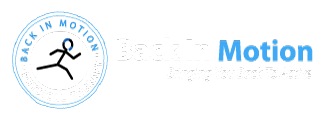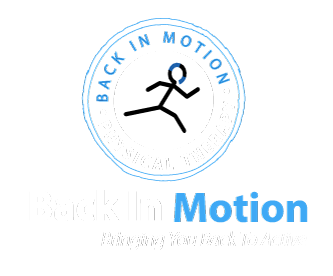Trochanteric Bursitis is on of the popular hips and thighs symptoms
Bursae are small, fluid-filled sacs that provide cushioning and lubrication between bones, tendons, and muscles near your joints. When a bursa becomes inflamed, this is called bursitis. It inhibits movement and causes pain in the afflicted area. Bursitis often affects the joints in your shoulders, elbows, or hips. But you can also have bursitis in your knee, heel, and the bottom of your big toe. Overuse, stress, and direct trauma to a joint are common causes of bursitis. It can also be a result of an infection, gout, or arthritis. Bursitis of the hip, or trochanteric bursitis, is frequently associated with a hip injury or arthritis. Pressure from standing or sitting for a long time is also a contributing factor.
Symptoms:
Total Hip Replacement
This is a surgery performed to replace all or part of the hip joint with an artificial device (prosthesis). Physical therapy is a necessity after this procedure has been performed in order to regain flexibility and strength in the joint. The hip is a ball-and-socket joint: a meeting of the “ball” end of the thighbone (femur) with the cup-shaped “socket” of the pelvic bone. A total hip prosthesis is surgically implanted to replace the damaged bone in the hip joint.

